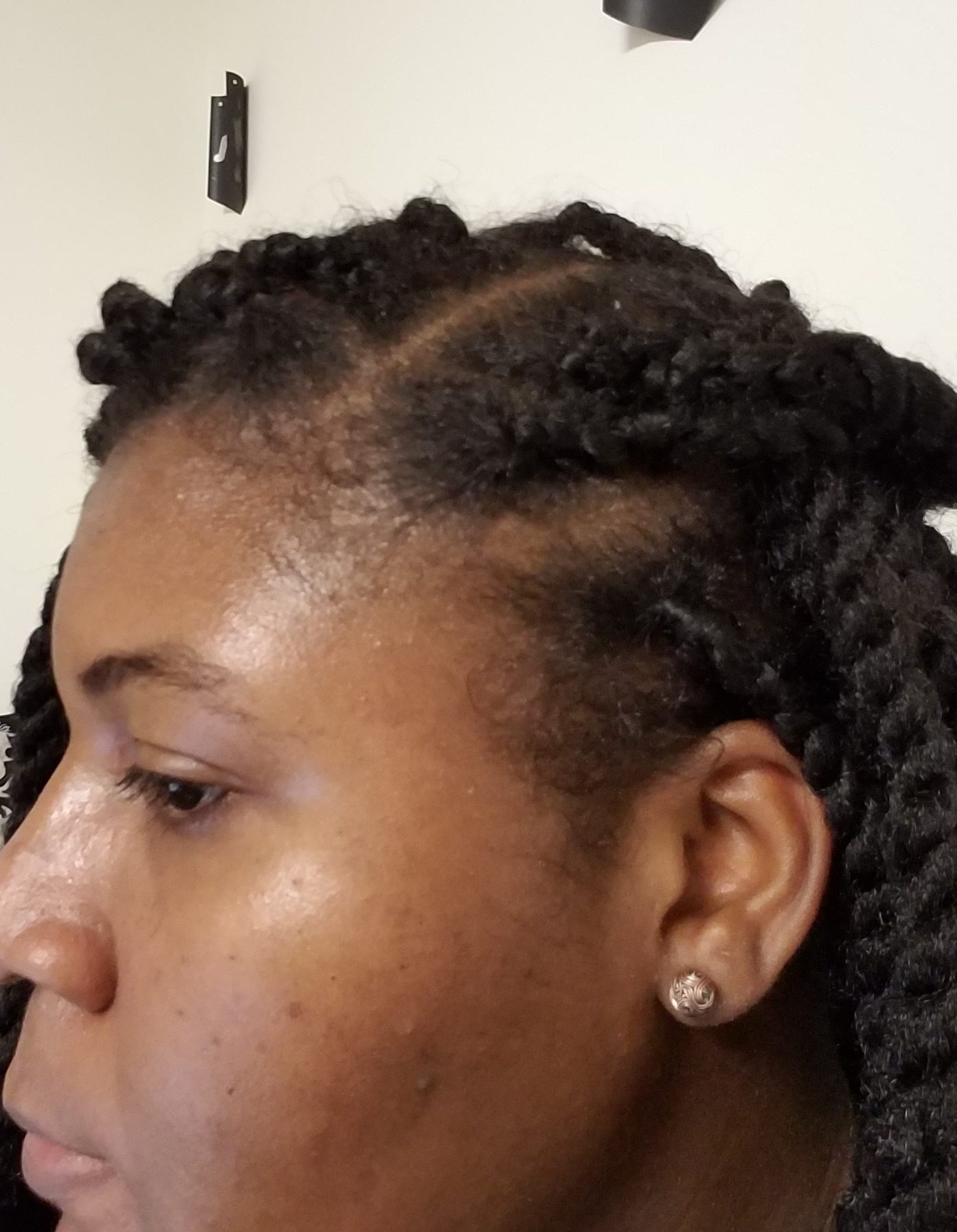It seems that I may have gotten ahead of my self with the process log. I forgot that the nature of this project is about the process and not about the result. So, I have to backtrack a little and go into the reasons why Clark’s piece interested me and maybe explain why we were both drawn to hair.
In sociology, there is a concept called the sociological imagination. Introduced by C. Wright Mills, the sociological imagination is about an understanding of the relationship between the individual experience and the wider society. Making a connection with art, people draw on their individual identity and experiences to create art and engage in visual conversation. The messages they are trying to convey, the medium used, and the style used to connect in some way to the wider society.
Personally, hair and I have also been through a sort of journey with each other. The first conception of my hair was sitting in the beautician’s chair having my hair washed and then braided with little beads being attached (sleeping in those were the worst, but they were fun). I have memories, like Clark, of sitting in between the thighs of older women while they twisted and plaited my hair. Memories of those barrettes, the bow-shaped ones and the ones with the ball on the end that snapped back into your skull. Memories of my grandma straightening my hair with a hot comb and me holding down my ears in an effort to keep them. Memories of trying to keep it straight in the hot, humid Georgia summers. The chemical smell of the relaxer and the burning of it (because as the saying goes “the more it burns the better is working”) as I waited for it to do its thing. Memories of Blue Magic, Pink Lotion, and Softee Hair Gel. Memories of sew-in weaves, clip-on ponytails, micro-braids, box braids, and perms.
I went natural around 5 years ago now while I was a junior in high school. I started gradually with wearing sew-ins my freshman and part of my sophomore year of high school and then wearing my hair straightened for part of my junior year. In hindsight straightening my hair that much was not healthy, at least to the level I was in an effort to keep my hair straight my junior year. But, I was hesitant to wear my hair in its natural state out. After stalking natural hairstyle channels on Youtube and natural hair blogs, I made the step to stop straightening my hair. My junior year of high school I did my first twist out. It was new, it was a slight struggle figuring out what I needed to do, and I was apprehension to how people would react. That apprehension I felt is something I wanted to look deeper into. I was afraid of being looked at negatively and people reacting negatively. I was afraid of how my hair would change the people’s view of me.
But why? Hair is just hair, right?
The mixed bag of feelings toward my hair and in my natural hair journey is not something that applies just to me it seems. There are larger social, historical, and cultural forces at work and I want to know about them. I think Sonya Clark has tapped into a large reservoir when she started working with hair. Hair has collective meaning and memory. It is that collective meaning and that collective memory that I want to explore. It is from this standpoint that I chose Sonya Clark’s work and the standpoint from which I started my research.
